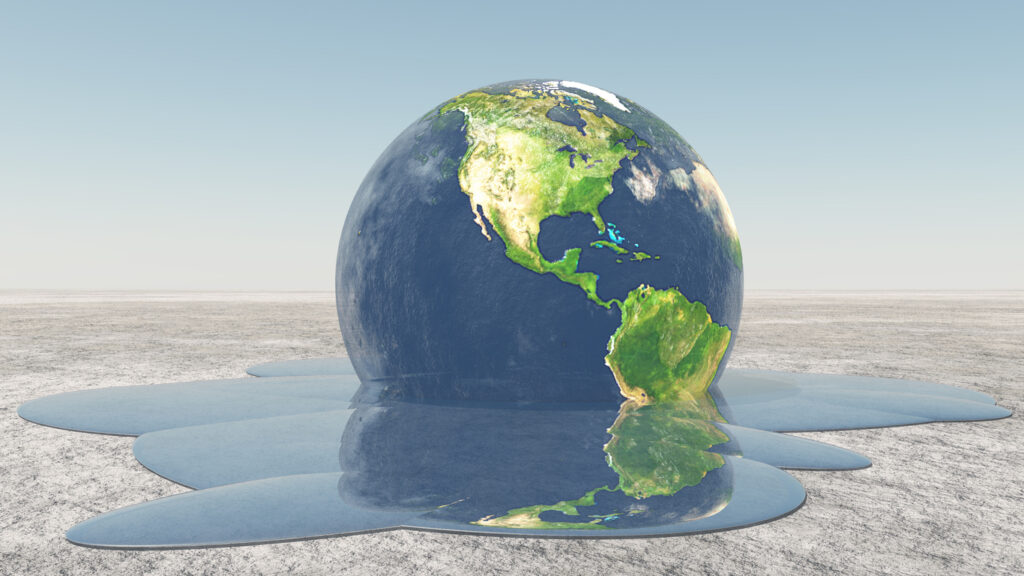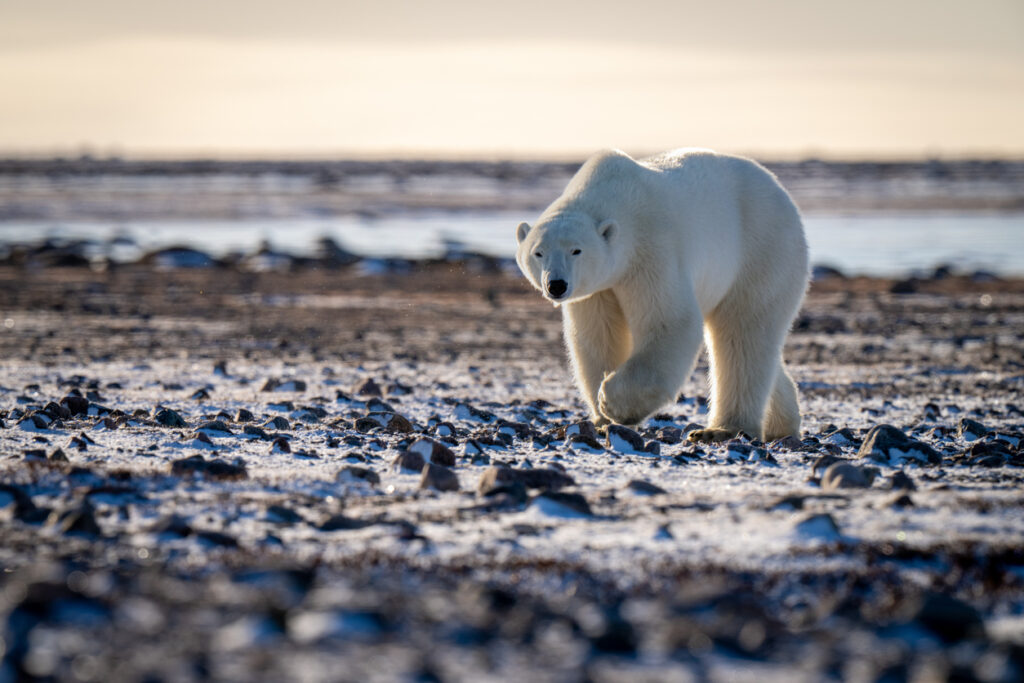
You don’t need a scientific degree or satellite data to notice the world feels different. Climate change isn’t some far-off idea or future threat—it’s already happening. You can spot the signs without leaving your town, your garden, or even your own body. From changing seasons to confused animals, here are some of the biggest ways the climate shift is right there in plain sight.
1. The seasons aren’t sticking to the script anymore.
Spring shows up early. Winter refuses to leave. And autumn? Sometimes it forgets to show up at all. Flowers bloom weeks ahead of schedule. Trees drop leaves later and later. The reliable rhythm of the year is getting scrambled. It’s not just inconvenient—it’s throwing off crops, wildlife cycles, and even traditional festivals. We’ve all had that moment lately where you look around and go, “Wait, is it supposed to be this warm right now?”
2. Heatwaves that used to be rare are now standard
What used to be called a “once-in-a-decade scorcher” is now just… summer. Temperatures spike and stay there, and it’s not just the tropics—Europe, the UK, and places with historically mild summers are now sweating through heat alerts. You can feel it when the pavement warps, when train tracks buckle, when pets won’t leave the shade, and when even your houseplants start looking fed up.
3. Wildlife is showing up in the wrong places.
Animals are turning up where they never used to. Hedgehogs showing up in January. Butterflies arriving in spring before their food sources are even available. In the UK, sightings of things like wall lizards and hummingbird hawk-moths are creeping north. These aren’t random; they’re signs that species are changing their ranges to survive. And when animals start turning up confused, it’s usually because the seasons got there first.
4. Rain is more dramatic and less predictable.

It doesn’t just drizzle anymore. Now it dumps. Sudden, intense rainstorms drop a month’s worth of water in one afternoon, then disappear for weeks. You get floods, then droughts—sometimes in the same season. It’s not just annoying for your commute. It messes with soil, farming, drainage systems, and entire ecosystems. Water is arriving in the wrong way, in the wrong places, at the wrong time.
5. Ice cream vans are turning up in February.
This one’s funny until it’s not. We’re getting warm snaps in winter and cold snaps in spring. In some parts of the world, people are going outside in T-shirts on days that used to require snow boots. The lines between seasons are getting blurry. Sadly, businesses from tourism to agriculture are quietly struggling to keep up with the unpredictability.
6. Familiar plants are struggling or vanishing.
Your garden might be trying to tell you something. Certain flowers don’t thrive the way they used to. Others bloom and die too fast. Whole plant communities are shifting with changing temperatures and rainfall patterns. It’s one of the subtler signs, but once you notice it—especially if you’ve been gardening for years—it becomes painfully obvious that the growing conditions have changed.
7. Coastal areas are creeping inland.
In some places, coastlines are disappearing. Beaches are eroding faster than they can be restored. In low-lying areas, saltwater is moving inland and poisoning farmland and fresh water supplies. You don’t need a tide chart to spot it. Just talk to anyone who lives near the coast—they’ll tell you how roads, dunes, and even homes are being swallowed by the sea.
8. Insect swarms are arriving earlier, and in bigger numbers
Wasps, ticks, and mosquitoes are thriving in the longer warm seasons. In places where frost used to keep numbers in check, those bugs now have a longer runway to multiply and spread. It’s not just annoying—it’s a health issue. In some regions, insect-borne diseases are creeping into new zones because the weather no longer scares them off.

9. Snow is getting rarer in places that used to rely on it.
Ski towns are opening later. Sleds are staying in storage. Snowfall isn’t just less frequent—it’s less reliable. It shows up too late, melts too fast, or doesn’t arrive at all. For people who live in snowy regions, this is a direct hit. Entire winter-based economies are watching their future turn to slush.
10. Trees are flowering way too soon.
You know that moment when a tree bursts into bloom, and it feels like nature’s clock has just started? That’s happening earlier each year. Sometimes weeks earlier. When trees bloom too soon, they’re left vulnerable to late frosts—and birds, insects, and other animals that rely on those blooms can get thrown completely off schedule too.
11. Lakes and rivers are drying up, or overflowing.
Freshwater sources are acting dramatically. Lakes that were full a decade ago are now a shadow of themselves. Rivers that used to flow year-round are drying up during the summer, or suddenly bursting their banks during storms. Communities that rely on these waterways—whether for water, fish, or farming—are watching them shift in ways that feel impossible to plan for.
12. Wildfires are no longer just a “dry season” thing.
Fires used to follow a pattern. Now they’re showing up earlier, lasting longer, and flaring up in places where they never used to happen at all. Even in parts of Europe and the UK, wildfires are now a summer risk. You can smell the difference in the air when it happens. And once it becomes normal to check a fire risk map in spring, you know the baseline has moved.
13. People are talking about the weather like it’s personal.
People have always made small talk about the weather—but now, it’s more serious. Everyone seems to have a story about how last winter “didn’t feel right” or how the garden just couldn’t cope this summer. There’s a quiet sense that something is shifting, even among those who don’t follow the headlines. You don’t need a forecast. You just need to pay attention to how people are feeling when they step outside.